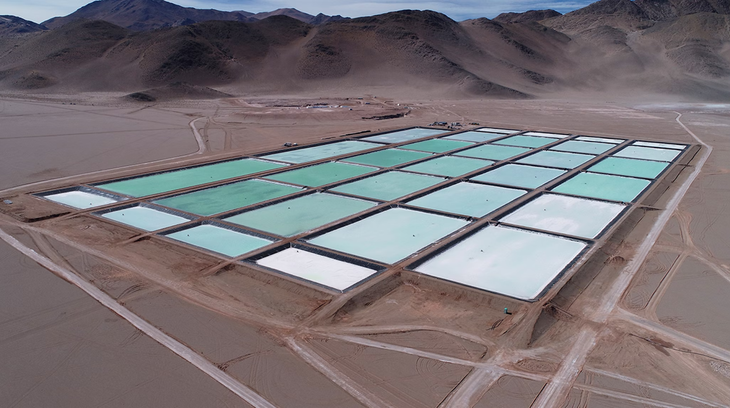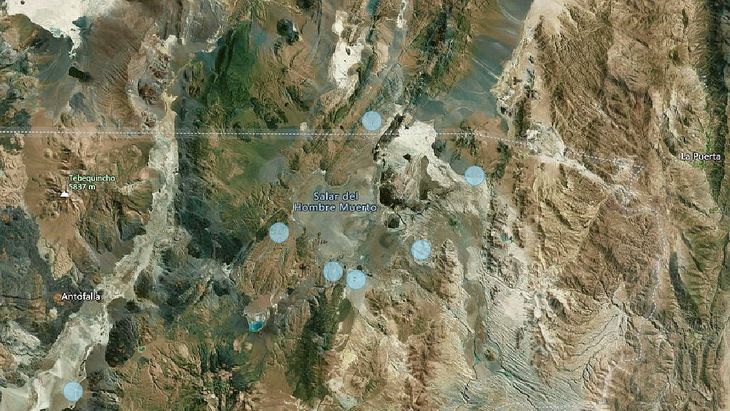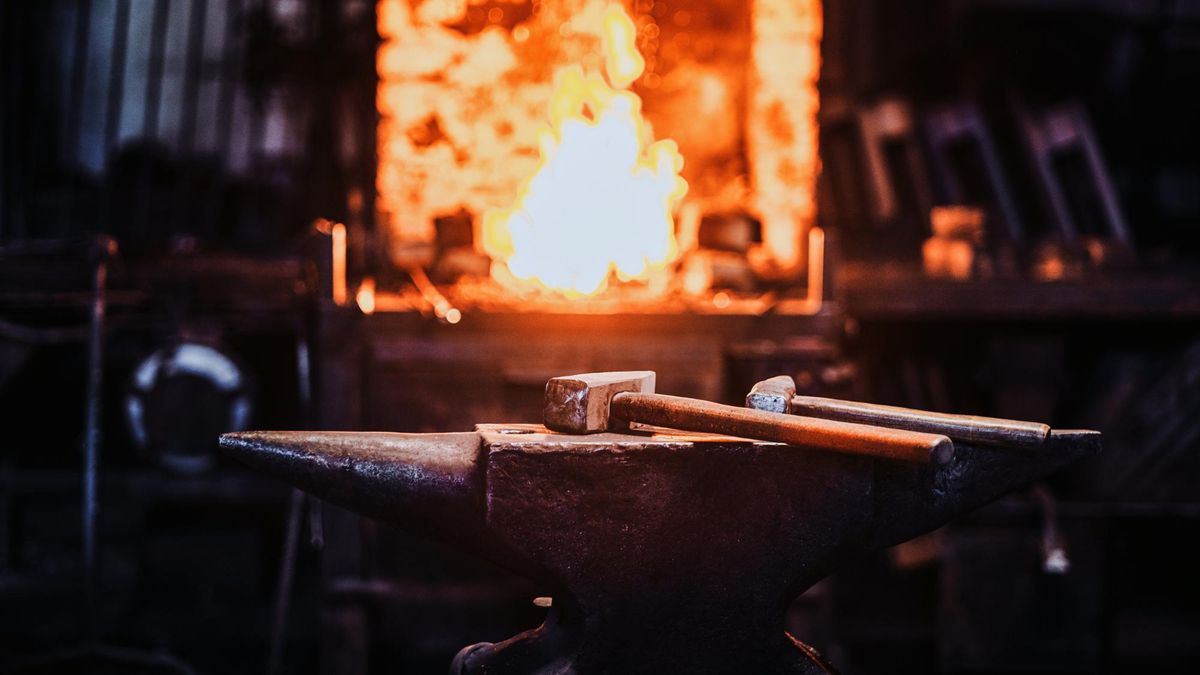The governments of Jump and Catamarca signed a Memorandum of Understanding with the French Geological and Mining Research Office and the French Development Agency (AFD) to estimate the recharge of aquifers and the quality of water in the salt flats of the provinces where it is produced lithium.
From that province they highlighted that both French institutions have been working hard with the Ministry of Production and Sustainable Development, the Secretariat of Mining and Energy and the Secretariat of Water Resourceswith “excellent results” of joint work.
Salta France Memorandum of Understanding Agua Salares Litio.jpg
Water and lithium: what does the signing of the Memorandum of Understanding between France and Salta imply?
In the document signed by the French officials and agents, it was agreed to cooperate in the study of the hydrogeological resources of the salt flats to generate models that preserve sustainability.
In turn, the exchange of knowledge, technologies and experience will be promoted between the French Research Office, the Secretariat of Mining and Energy of Salta, and other intervening areas, such as the provincial water area.
Lithium1.png

Evaporation ponds in Salar del Hombre Muerto – Sal de Vida Allkem Project.
The Memorandum also provides for the development of a hydrodynamic model that allows sustainable production in the salt flats and the protection of fresh underground waters, on which local populations mainly depend.
According to the Salta government, on these points, French geologists have been developing a “vast track record of groundwater modeling and management” in their countrywhich will allow these studies to be replicated in Salta, following the highest international standards.
What will be the first salt flat where water will be studied?
“These studies will make it possible to collect and analyze precise information on the hydrogeological functioning of the Puna salt flats, starting with the Salar del Hombre Muerto, in order to estimate the recharge of aquifers and their water quality”they detailed from the government.
To do this, they indicated, they will work jointly on data geological, hydrogeological and hydrochemical on salt flatspromoting the exchange of practices and experiences, visits, training and studies for the analysis of information and cooperation between the parties.
Dead Man Salt Flats MAP.jpg

The points on the map mark the location of the six lithium projects in production, development and construction of the Salar del Hombre Muerto. The dotted line marks the provincial boundary between Salta (to the north) and Catamarca (to the south).
One of the companies that produces lithium in the Dead Man’s Salt Flats is Arcadium Lithium, which was recently acquired by Río Tinto for US$6.7 billion in cash.
The company Arcadium, which arose at the end of last year from the merger of Livent and Allkemhas been operating in that salt flat for almost three decades. Weeks ago, this company For the first time in 25 years, he invited a group of journalists to show how Argentine lithium is produced for the energy transition.
From that visit it was possible to know that no one questions the use of brine to produce lithiumbecause it is water that is not suitable for human, animal or irrigation consumption. Before being brine, it is known as “raw water.” The one in the eye of the storm is the “fresh water” for industrial use. Previously Livent (today Arcadium, tomorrow Rio Tinto) was supplied from the surface and underground slopes of the Trapiche River at the same time. This caused an unwanted impact on the Las Vegas in the area, which they are now concerned about remedying.
image.png

With an investment of almost US$100 millionand after several international technical studies – which their own lithium clients demand of them – commissioned by scientists from the Universities of Anchorage in Alaska and Amherst in Massachusettsthey decided to supply water from Los Patos River, which is 10 times bigger than Trapiche.
But at the same time, an old dam over the Trapiche was removed and a bypass was made to irrigate and revegetate the area. “Today the use of our flow is sustainable, only from underground wells, which cannot be seen and from water that is not used for anything”said those responsible for water resources of the company that in the coming months it will become Rio Tinto.
The other projects besides Fénix in the Salar del Hombre are Salt of Life (also from Arcadium), Golden Salt (Gossamer), Virgin of the Lithium Valley (Santa Rita SRL), Candelas and West Candelasboth from Galan Lithium.
Who signed the Memorandum?
The Memorandum was signed by the Minister of Production and Sustainable Development, Martin de los Ríos; the Minister of Mining of Catamarca, Marcelo Murúa; the French ambassador to Argentina, Romain Nadal the director of the French Development Agency, Lorena Charaand Erwan Bourdongeographical director for Latin America of the French Geological and Mining Research Office.
“We are experiencing very important moments, with the entry into production of lithium projects, after years of exploration and large investments. The RIGI is facilitating and accelerating investments. And organizations with extensive experience collaborate with us in pursuit of achieving a form of production that is increasingly more environmentally friendly: produce while conserving and conserve by producing.”said Minister De los Ríos, after the signing at the Conectar LAB property in the capital of Jujuy.
Salta France Memorandum of Understanding Agua Salares Lithium 2.jpg

Memorandum for water. From left to right: Erwan Bourdon, Romina Sassarini, Lorena Chara, Martín de los Ríos, Marcelo Murúa and Romain Nadal.
For her part, the Secretary of Mining and Energy and head of Cofemin, Romina Sassarinistated: “The signing of this memorandum is one more step in strengthening the ties of cooperation between both nations, with the firm purpose of working together to achieve common objectives of sustainable development, with which our Provincial Plan for Mining Development is aligned. Sustainable 2030”.
Ambassador Nadal celebrated “this first step” between France and the AFD in Argentina to “promote responsible and sustainable mining, a sector in full development in our bilateral cooperation between national government groups, provinces, companies and universities.”
Source: Ambito
I am an author and journalist who has worked in the entertainment industry for over a decade. I currently work as a news editor at a major news website, and my focus is on covering the latest trends in entertainment. I also write occasional pieces for other outlets, and have authored two books about the entertainment industry.




